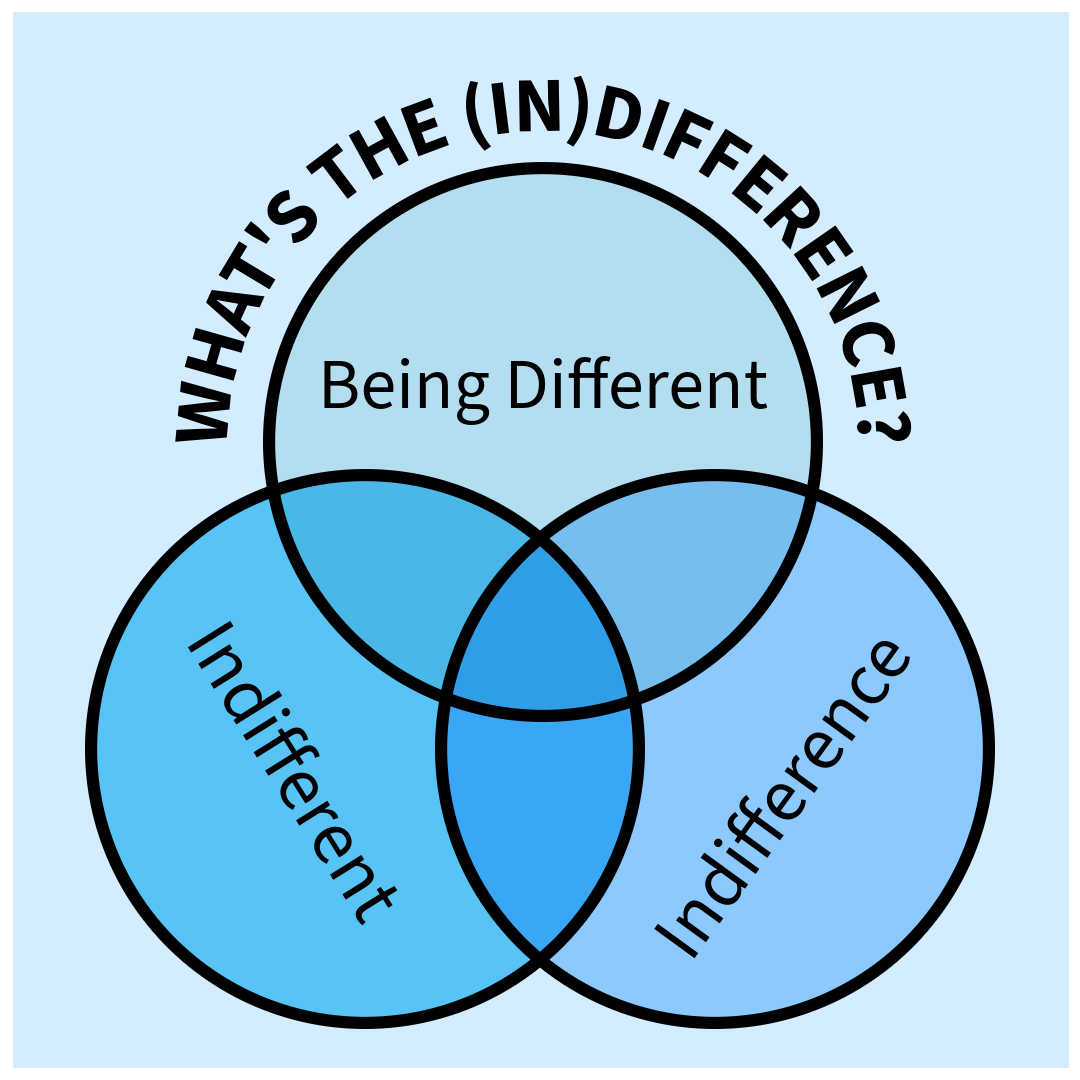
Today’s Morning Buzz is by Greg LeBlanc – Assistant Town Manager, Town of Snowmass Village, Colorado. Connect with me on LinkedIn.
What I’m watching: Seinfeld
A hobby I enjoy: Sewing
What’s my favorite color? Blue
Imagine yourself in this scenario – you are a leader who oversees a diverse working group that shares the same goal on a project. At this stage in the project, you need to solicit feedback from the group. However, despite a well-crafted, direct question, the feedback you receive from members of the group ranges from brief and pointed, to vague and unhelpful. As the leader, what do you do to engage the group for better feedback?
As leaders, we must recognize the differences between the people we supervise. Some leaders are quick to write off their employees as disengaged, or may identify a lack of caring as a symptom of disinterest in the project. This distinction is not universal among members of a team because employees generally approach their work in different ways. For this reason, leadership involves managing three types of people: those who are different, those who are indifferent, and those who show indifference. Knowing the difference between these three architypes can help leaders be more effective.
Being Different vs. Indifference
We are all special and unique in some way. Our identities in the workplace are shaped by our beliefs, backgrounds, lived experience, and personalities. Diverse work groups are reliably more effective at achieving a shared goal because when leveraged properly, the individuality of team members supports the individual strengths of all members of the group. Leaders should recognize that being different can be leveraged into an asset for the organization.
For example, when hiring for open positions, do not be quick to dismiss applicants with backgrounds different than those already on the team. If an applicant previously held a similar position in a different industry, they could improve how the group makes decisions because of how they approach similar problems. This difference from the norm can be leveraged and ensure that teams are tackling problems from all angles. Being different means that an individual leverages their personal experience to strengthen the collective knowledge of the team. Being different should not mean that individuals close themselves off to the ideas of others because they do not align with their own lived experiences.
Being different is fundamentally different than being indifferent because indifference is the result of a conscious decision. Indifference is a term used most frequently to describe an individual having no strong opinion on a matter. Those who are indifferent can appear as disengaged to leaders and colleagues, however their demeanor may be the result of an analysis of how their opinion can affect the outcome of a conversation. To these individuals, being indifferent is a signal of deference to those who are more qualified to weigh in on a topic. It may also mean that they simply do not have an opinion on the matter!
Teams can benefit from participation from both the indifferent and those who are different because each disposition can contribute positively to a shared goal. It has become commonplace in many work environments for employees to want to emulate others, such as their colleagues or their bosses. This is problematic because those who are different stand to leverage their unique qualities and abilities to contribute positively to the organization. Similarly, an indifference can masquerade as disengagement, so leaders must be able to recognize whether an employee has no opinion or if they do not care about a subject. Remember that it is okay for employees to rationalize their thoughts, especially when considering their differences from their colleagues.
Indifferent vs. Indifference
There is a distinction between indifference and being indifferent. The word has two connotations, the first of which refers to an individual’s impartiality or lack of preference. Indifference by this definition has a role in the workplace. In some situations, it is considered acceptable not to have an opinion on a topic, especially if such a topic is complex in nature. It is acceptable for someone to state that they do not know enough to comment, or that they do not have strong feelings on the topic. These individuals are indifferent to the topic.
The second connotation of indifference is reserved for those individuals who exhibit a lack of caring. These individuals show a lack of concern, interest, or sympathy for projects, their colleagues, and discussion topics. This form of indifference is detrimental to workplace culture because it erodes the belief that one’s work is impactful. Be wary of those who show indifference.
One can be indifferent to something by not having an opinion without showing indifference, or uncaring, towards it. The distinction between the two is fluid and leaders must learn to recognize this difference in their staff.
When There is No Difference
In some situations, there is no effective difference between the three architypes described above. A quality of a strong leader is knowing when to engage each of the three. Some circumstances require leaders to call on those who are different because their unique perspectives can elevate the conversation and identify potentialities that the others had missed. Other circumstances require leaders to accept indifference as a statement of fact because those who are indifferent simply have no opinion on the subject. Those same circumstances require leaders to draw those who show indifference into the conversation, which forces them to care about the topic at hand.
Recognizing the differences in our employees’ behaviors allows leaders to engage employees in a more meaningful manner. Understanding the difference between those who are different, those who are indifferent, and those who show indifference can help leaders lead highly effective teams and make better decisions.
